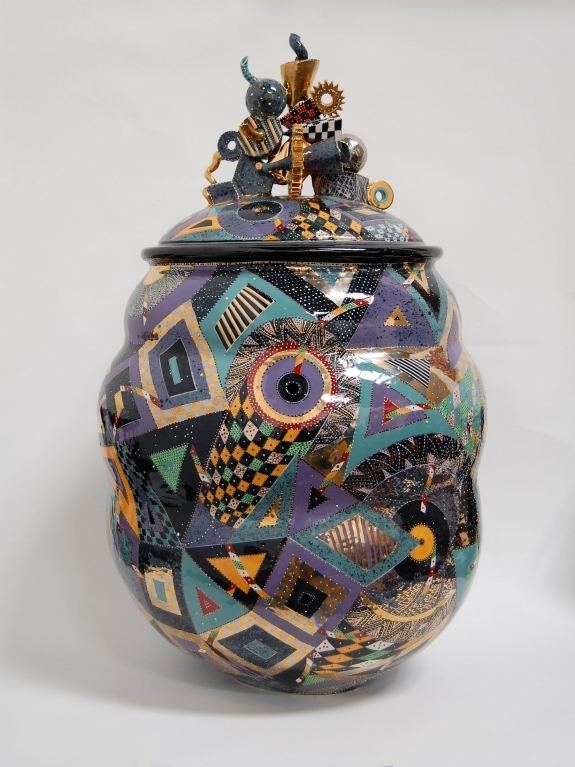Nationality American Role Artist | Name Ralph Bacerra Known for Ceramics | |
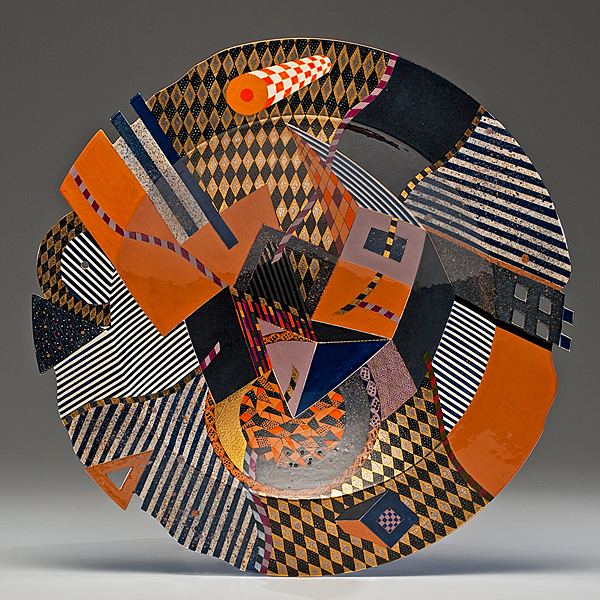 | ||
Died June 10, 2008, Los Angeles, California, United States | ||
Ralph bacerra through the eyes of otis students
Ralph Bacerra (1938, Garden Grove, California - June 10, 2008) was a ceramic artist and career educator. He lived and worked in Los Angeles, California.
Contents
- Ralph bacerra through the eyes of otis students
- Ralph Bacerra Exquisite Beauty at San Luis Obispo Museum of Art
- Collections
- References
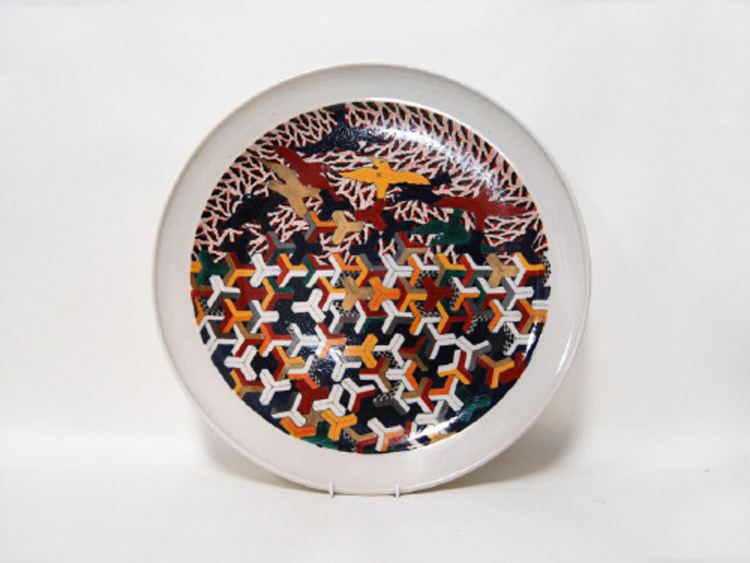
From 1959 to 1961, Bacerra was a student at Chouinard Art Institute in Los Angeles, where he studied under the celebrated ceramist and educator and Vivika Heino. Bacerra joined the U.S. Army in 1961, returning in 1963 to find the position of chairperson of the ceramics department at Chouinard left open by Vivika Heino. Bacerra occupied this position there from 1963 to 1971, at which point Chouinard was renamed the California Institute of the Arts and moved to Valencia, California. After this move in 1971, the ceramics department was dropped from the school’s curriculum, and Bacerra went to work full-time in his studio. Bacerra is credited with important technological innovation in advanced ceramics, most notably resulting in his development of oven-top ranged surfaces for the Induction Stove Corporation that featured the use of electromagnetic induction. Bacerra returned to teaching in 1983, this time accepting an offer from the Otis Art Institute to be chairperson of the ceramics department. This department was founded at Otis by influential artist Peter Voulkos. Bacerra was chair of this program until 1997. His teaching approach focused more on the development of technical proficiency and experience with materials than on conceptual concerns. He had only one kidney.

The artwork of Ralph Bacerra is recognizable by its vivid use of color and contrast, which are the result of a delicate and multi-staged process of overglazing. He is also known for geometrically complicated and technically difficult forms. His decorative aesthetic draws from Asian sources, most notably Japanese Imari and Kutani pieces, Persian miniatures, and Chinese Tang ceramics. The surface imagery of Bacerra’s sculptures is design-conscious and draws comparisons to M.C. Escher’s grid techniques and use of positive and negative space, as well as to the geometric sensibility and creation of movement and space associated with Vassily Kandinsky. Bacerra has insisted upon an absence of metaphor:
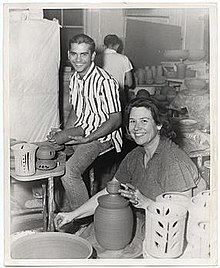
“I’ve never really thought of my work in post-modern terms. But I suppose in many ways it fits the definition. My pieces are based on traditional ideas and engage in certain cultural appropriations—in form, in design, in glaze choices. However, my work is not post-modern in the sense that I am not making any statements—social, political, conceptual, even intellectual. There’s no meaning or metaphor. I’m committed more to the idea of pure beauty. The finished piece should be like an ornament, exquisitely beautiful.”

He died of lung cancer Tuesday, June 10, 2008, at his home in Eagle Rock, near Los Angeles.
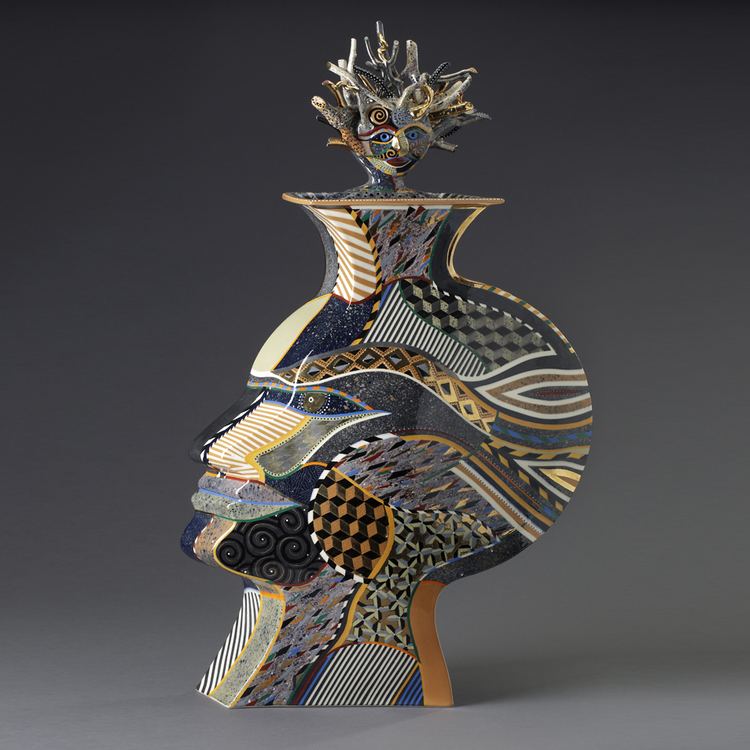
Ralph Bacerra "Exquisite Beauty" at San Luis Obispo Museum of Art
Collections
